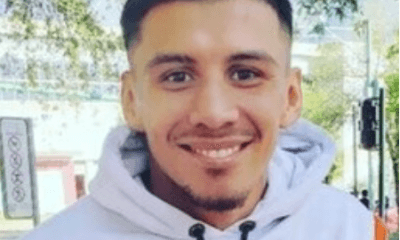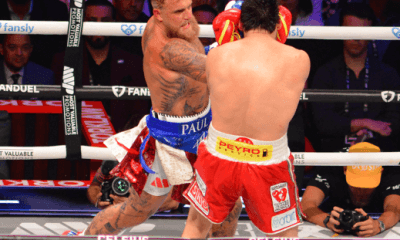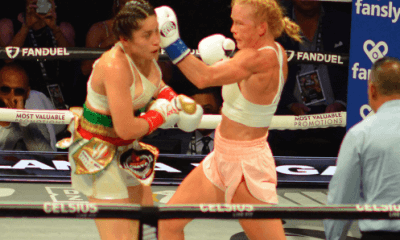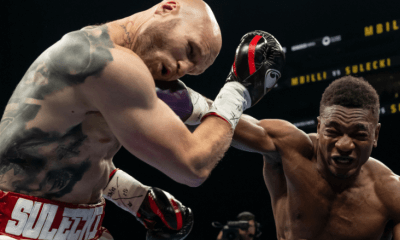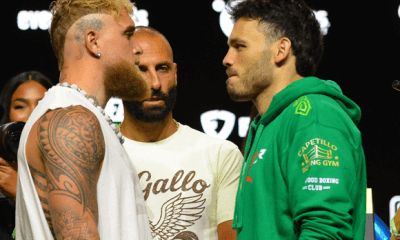Featured Articles
Three Punch Combo: Results and Previews of Under the Radar Fights and More
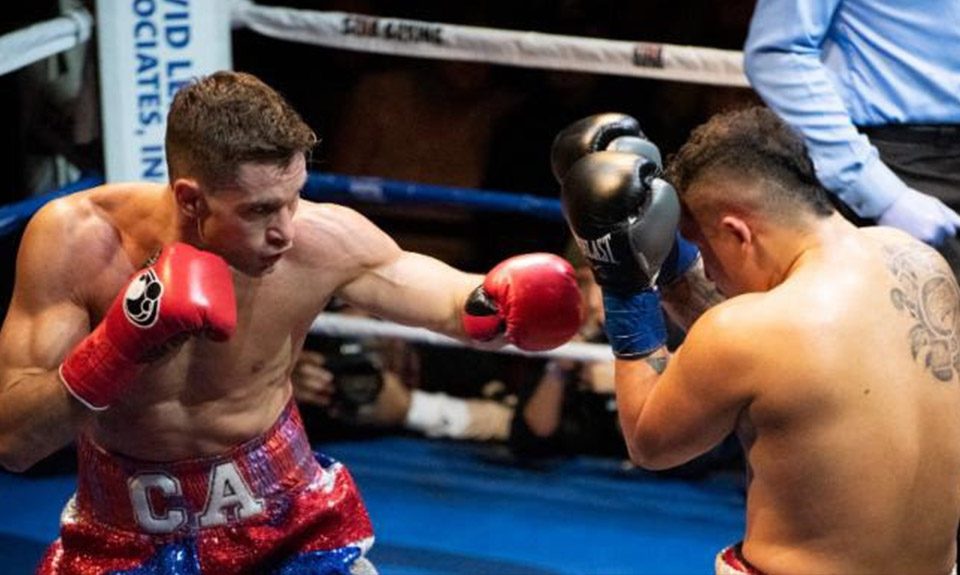
THREE PUNCH COMBO – With the attention of the boxing world riveted on the big heavyweight title fight in Los Angeles, several fights last week went under the radar. At Huntington, Long Island, former 140-pound champion Chris Algieri (22-3, 8 KO’s) made a successful return to the ring after more than a two year layoff and won a lopsided ten round decision over Angel Hernandez (14-12-2, 9 KO’s). The win helps put Algieri (pictured on the left) back on the map in the junior welterweight division. He made it clear afterwards that he’d like to receive a title shot sometime in 2019 and he may get that opportunity. Maurice Hooker currently holds the WBO title that Algieri once held and may find Algieri – a name fighter who lacks punching power — an enticing opponent if Algieri finds himself cracking the rankings with another comeback victory.
In a battle of undefeated junior welterweights, Kendo Castaneda (15-0, 7 KO’s) scored an impressive ten round unanimous decision over Gilbert Venegas Jr. (10-1, 6 KO’s). The bout took place this past Saturday in San Antonio, TX, and was streamed live on Facebook via FIGHTNIGHT LIVE.
The first three rounds were nip and tuck. Castaneda was the busier fighter working combinations behind his left jab but Venegas had his moments on the inside landing some hard shots of his own.
In round four, Castaneda seized control. He stunned Venegas with a right and picked up the pace while the output of Venegas slowed considerably. The next six rounds played out pretty much the same with Castaneda dominating the action with his fluid movement and combination punching. He consistently beat Venegas to the punch during these rounds and countered effectively, displaying good hand speed if Venegas attempted to throw anything of his own.
This was an impressive performance by Castaneda who took a nice step forward in what is becoming a pretty deep 140-pound weight division.
Looking Ahead
This week’s boxing schedule is headlined by an ESPN card featuring the return of Vasyl Lomachenko as well as the final boxing card on HBO. With those cards grabbing most of the headlines, some other important and intriguing bouts are falling deep under the radar. Here is a look at a pair of contests that won’t receive as much coverage.
Golden Boy Promotions will be live streaming a card on Saturday night from the Fantasy Springs Casino in Indio, CA, on Facebook Watch. The event is headlined by an important fight in the 130- pound division between Rene Alvarado (29-8, 20 KO’s) and Carlos Morales (17-3-3, 6 KO’s). This contest is being billed as a WBA world title eliminator.
Simply put, Alvarado-Morales is a well matched fight. Alvarado is an action fighter who is not afraid to take a few punches just to create opportunities to land his own. He relies on constant pressure and a consistent body attack to wear down his opposition. He has won five straight since losing to Yuriorkis Gamboa in March of 2017. This includes wins against then undefeated Roger Gutierrez as well as former world title challenger Denis Shafikov in a bloody war. Alvarado seems to be getting better and better as his career moves forward.
Morales is a grinder who will press forward from the opening bell. He throws a high volume of punches and mixes up his attack by constantly changing angles. Given his consistent high motor and shifty style, he has sprung some upsets in recent years as well as given some top level talent harder than expected tests. In his last fight, Morales pushed highly rated prospect Ryan Garcia to the limit in dropping a ten round majority decision. Similar to Alvarado, Morales is getting better and better as his career progresses.
Given their respective styles, we should be in for treat. Expect the action to be crisp throughout the course of this bout. I think this will be the most entertaining fight of the upcoming week.
Also on Saturday, DAZN will broadcast a card headlined by the return of Kell Brook. On that card, top welterweight prospect Josh Kelly (8-0, 6 KO’s) faces his toughest test as a pro when he faces David Avanesyan (23-3-1, 11 KO’s).
Many are high on Kelly, a former amateur standout who competed in the 2016 Olympic Games. Kelly is well schooled given the deep amateur background and very fluid inside the ring. He possesses above average hand speed for the division and is an extremely effective combination puncher. And though he may not be a one punch knockout puncher, he has shown the ability to break down his opponent with his heavy hands.
Avanesyan, a boxer-puncher with solid skills and some slickness to his game, represents a step up in class. It took highly touted welterweight Egidijus Kavaliauskas some time to figure out the Avanesyan puzzle when they fought this past February. This is a good test for Kelly and an impressive showing could propel him into the mix in what is already a loaded welterweight division.
Remembering The Very First “Boxing After Dark” Fight
The final live televised HBO boxing event will be this Saturday night with women in two of the three featured bouts. This iconic series has produced many classics and memorable moments for boxing fans, but it didn’t get off to a rousing start on its maiden telecast from the Great Western Forum on February 3rd, 1996.
While many remember the main event between future Hall of Famer Marco Antonio Barrera and Kennedy McKinney, many have forgotten the opening bout, a WBO 115-pound title fight between champion Johnny Tapia who entered with a record of 33-0-2 and challenger Giovanni Andrade of Brazil who was 17-2.
Tapia, of course, was known as an all-action fighter and seemed to be a great fit for this newly launched series. He was rarely in bad fights regardless of the opponent. Andrade was totally unknown and had no recognizable names on his resume. Frankly, this was meant to be a showcase for Tapia and his all-action style.
Tapia came out as the aggressor in round one and landed some solid combinations. Sensing little resistance from his opponent, Tapia let his hands go even more in round two, looking for an early knockout. About halfway through the round, Tapia landed a low left with not much behind it as the two were tangled up on the inside. Andrade went down in a heap and appeared to be in a lot of pain, but he quickly jumped back to his feet and the round commenced.
Moments later, a sharp right by Tapia to Andrade’s forehead put Andrade on the canvas. Andrade would beat the count and Tapia would be right back on top of him when the action resumed. Going for the finish, Tapia landed a borderline left to Andrade’s belt line. Andrade went down claiming a low blow and flailed his arms to signify he was in tremendous pain. However, referee Raul Caiz Sr. ruled it a knockdown and quickly waived the fight off with Andrade displaying so much apparent discomfort.
This was an awkward start for the new series. Not only was the fight a mismatch from the opening bell but it ended in a bizarre manner with many believing that Andrade gave it his best acting in an attempt to steal a win.
While it didn’t start out on the right foot, HBO’s Boxing After Dark would soon provide us with many memorable fights and hopefully we get a proper send-off on Saturday.
Check out more boxing news on video at The Boxing Channel
To comment on this article at The Fight Forum, CLICK HERE
-

 Featured Articles3 weeks ago
Featured Articles3 weeks agoAvila Perspective, Chap. 330: Matchroom in New York plus the Latest on Canelo-Crawford
-
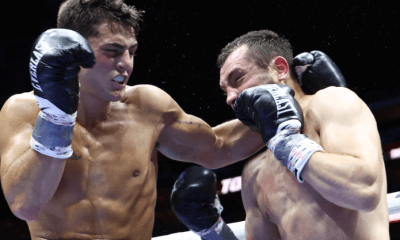
 Featured Articles2 weeks ago
Featured Articles2 weeks agoVito Mielnicki Jr Whitewashes Kamil Gardzielik Before the Home Folks in Newark
-
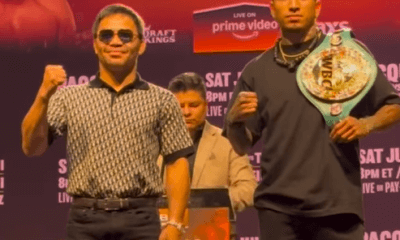
 Featured Articles4 weeks ago
Featured Articles4 weeks agoAvila Perspective, Chap 329: Pacquiao is Back, Fabio in England and More
-
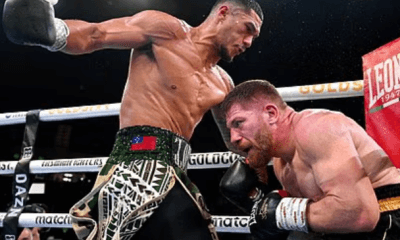
 Featured Articles3 weeks ago
Featured Articles3 weeks agoOpetaia and Nakatani Crush Overmatched Foes, Capping Off a Wild Boxing Weekend
-
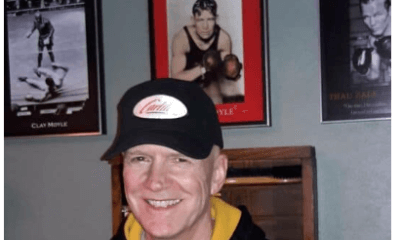
 Featured Articles2 weeks ago
Featured Articles2 weeks agoCatching Up with Clay Moyle Who Talks About His Massive Collection of Boxing Books
-

 Featured Articles4 weeks ago
Featured Articles4 weeks agoFabio Wardley Comes from Behind to KO Justis Huni
-
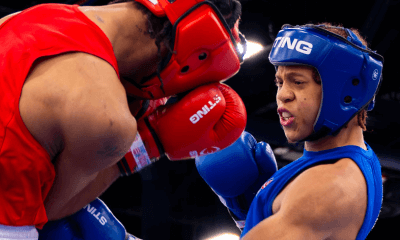
 Featured Articles1 week ago
Featured Articles1 week agoMore Medals for Hawaii’s Patricio Family at the USA Boxing Summer Festival
-
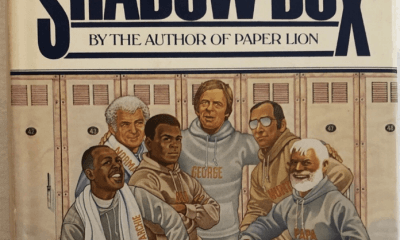
 Featured Articles4 weeks ago
Featured Articles4 weeks agoDelving into ‘Hoopla’ with Notes on Books by George Plimpton and Joyce Carol Oates



